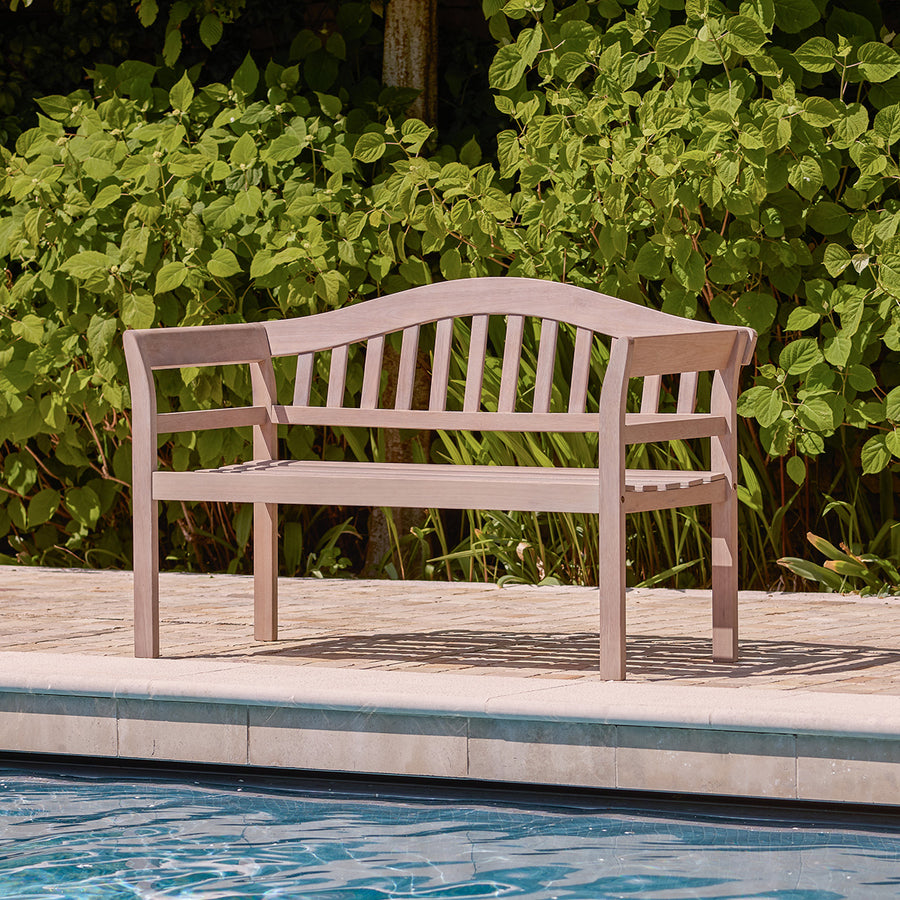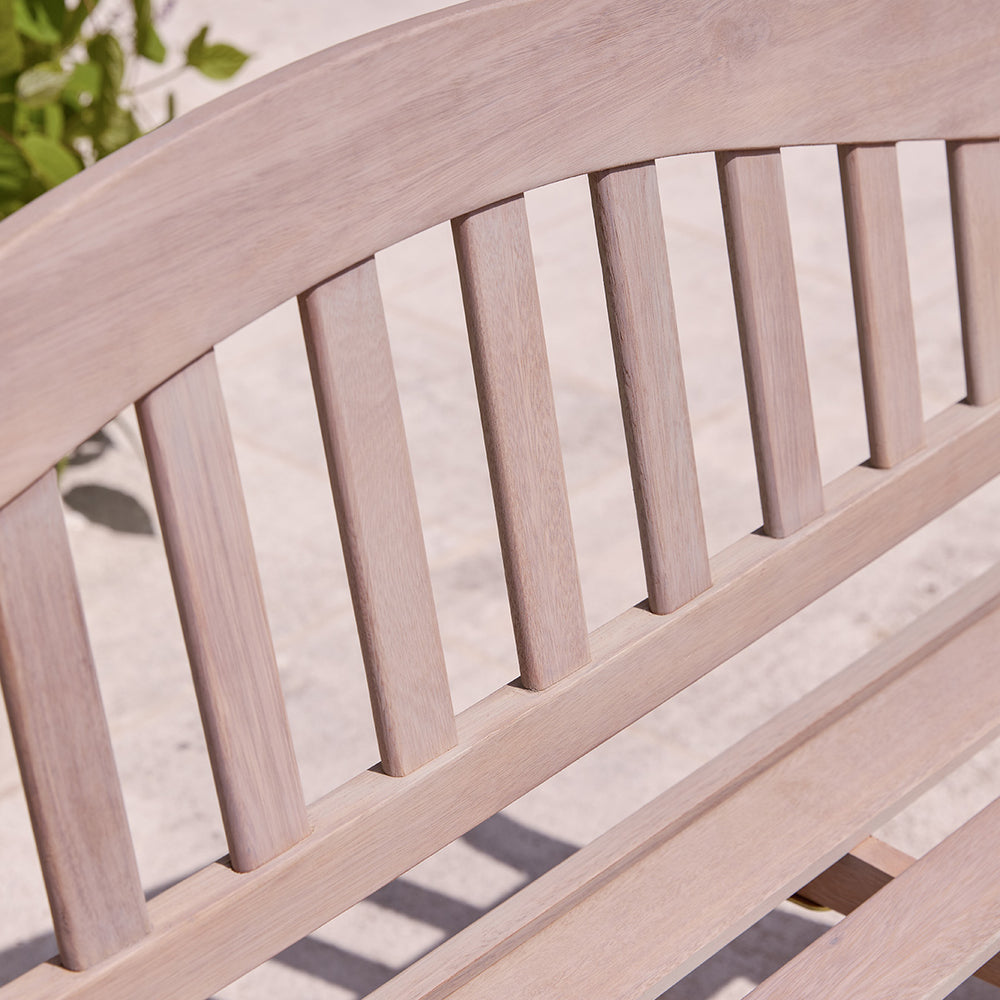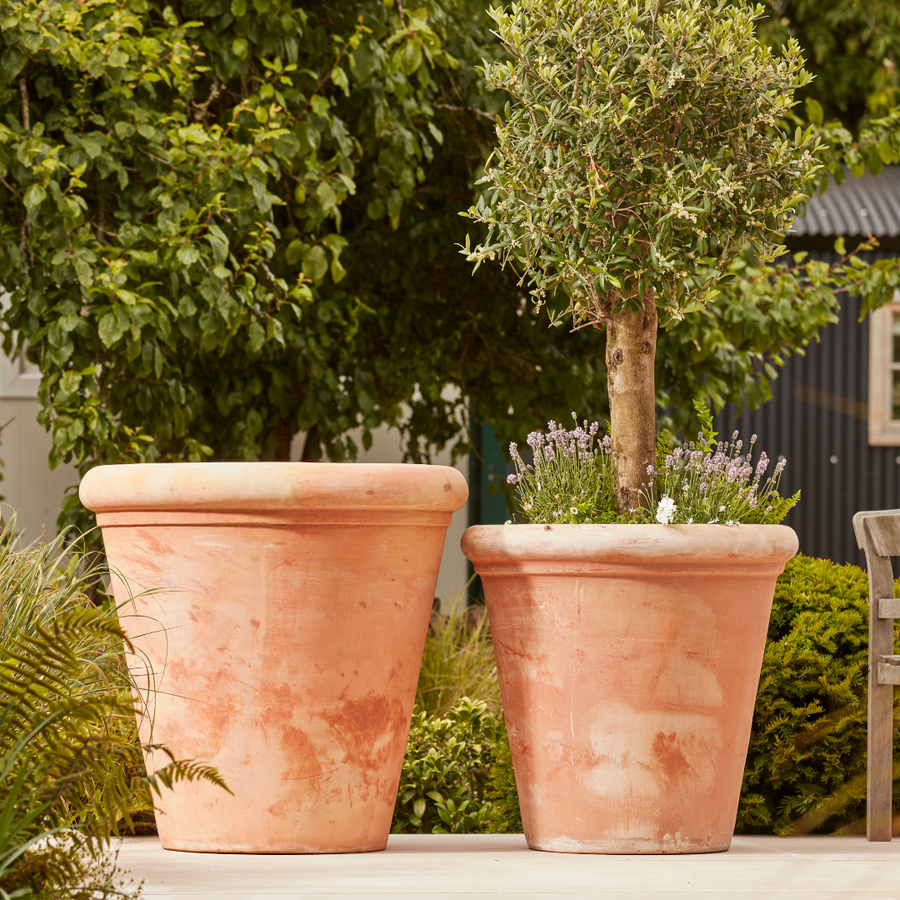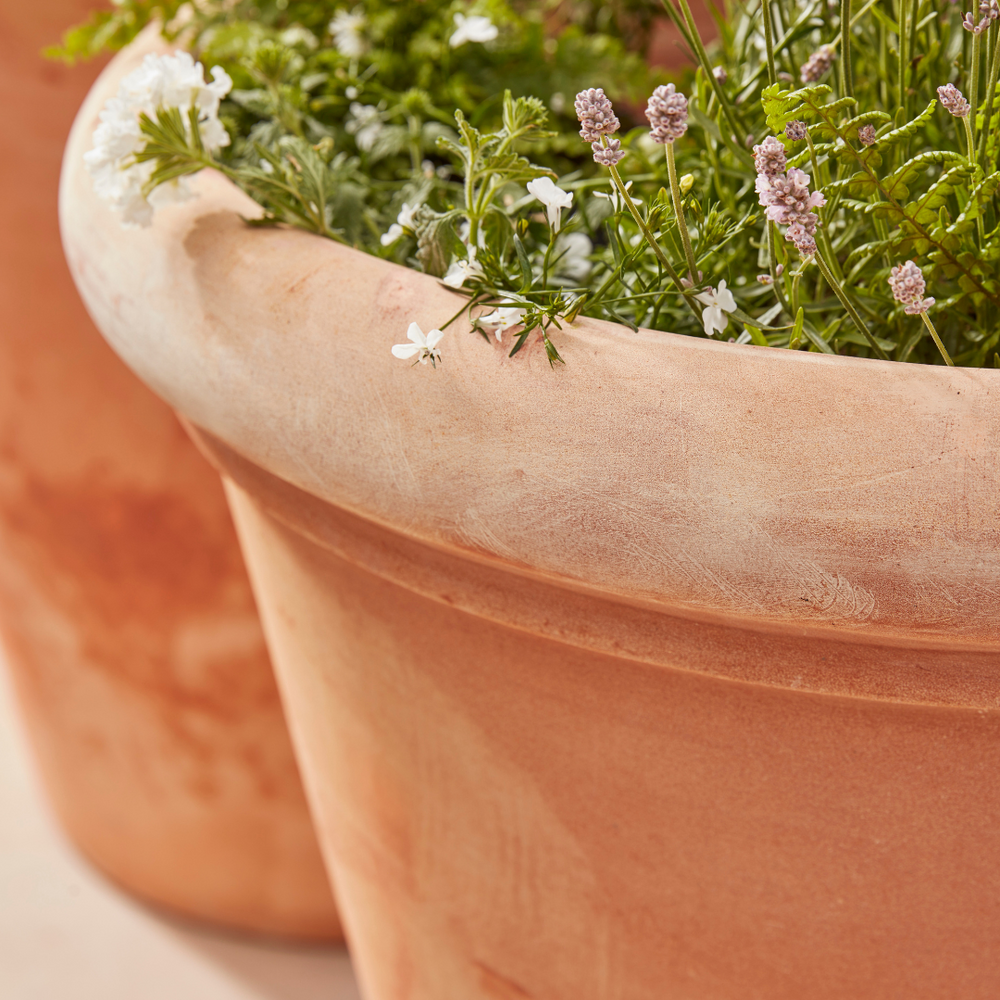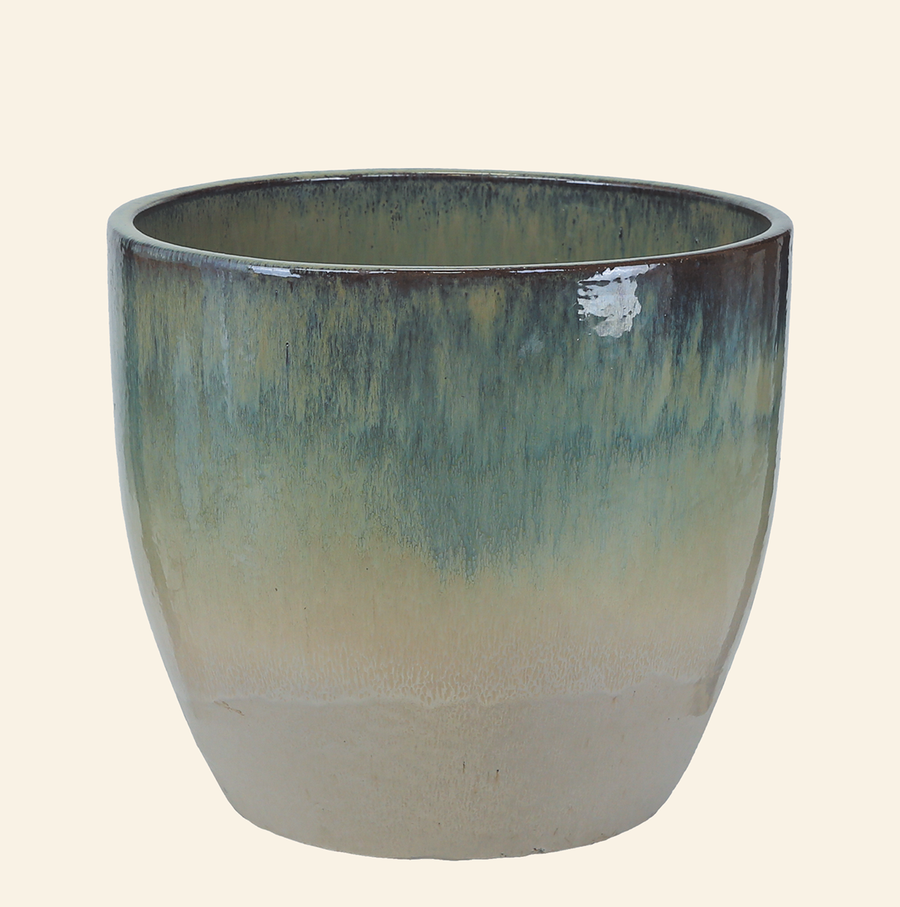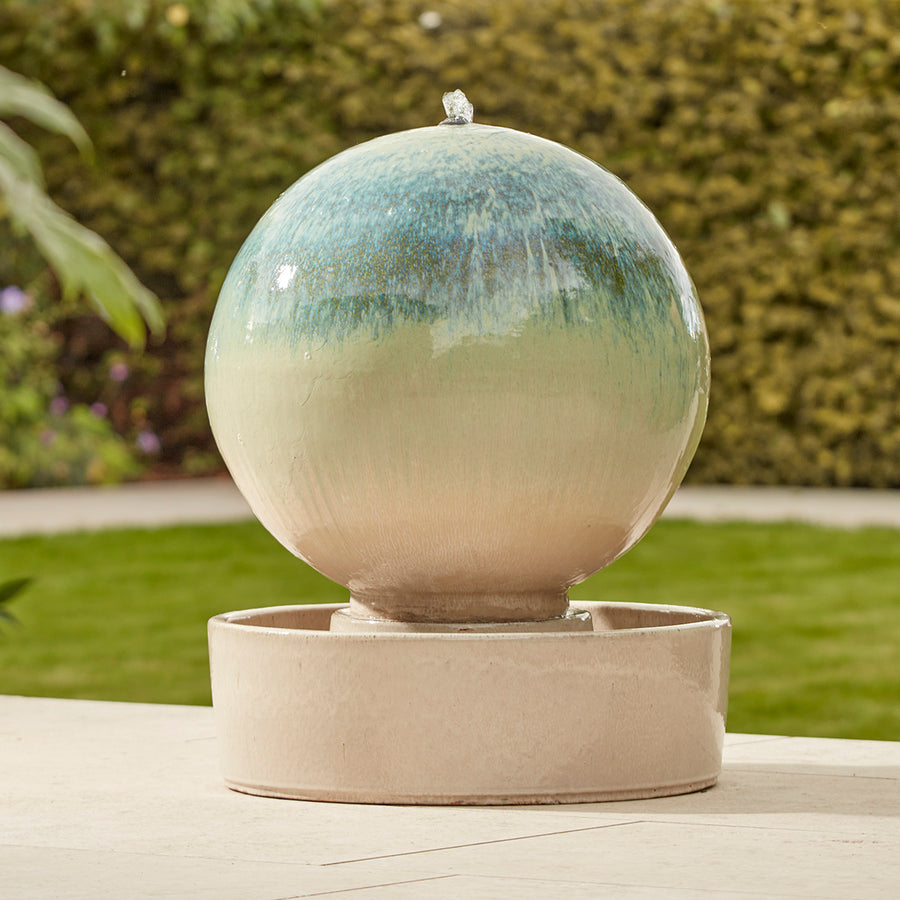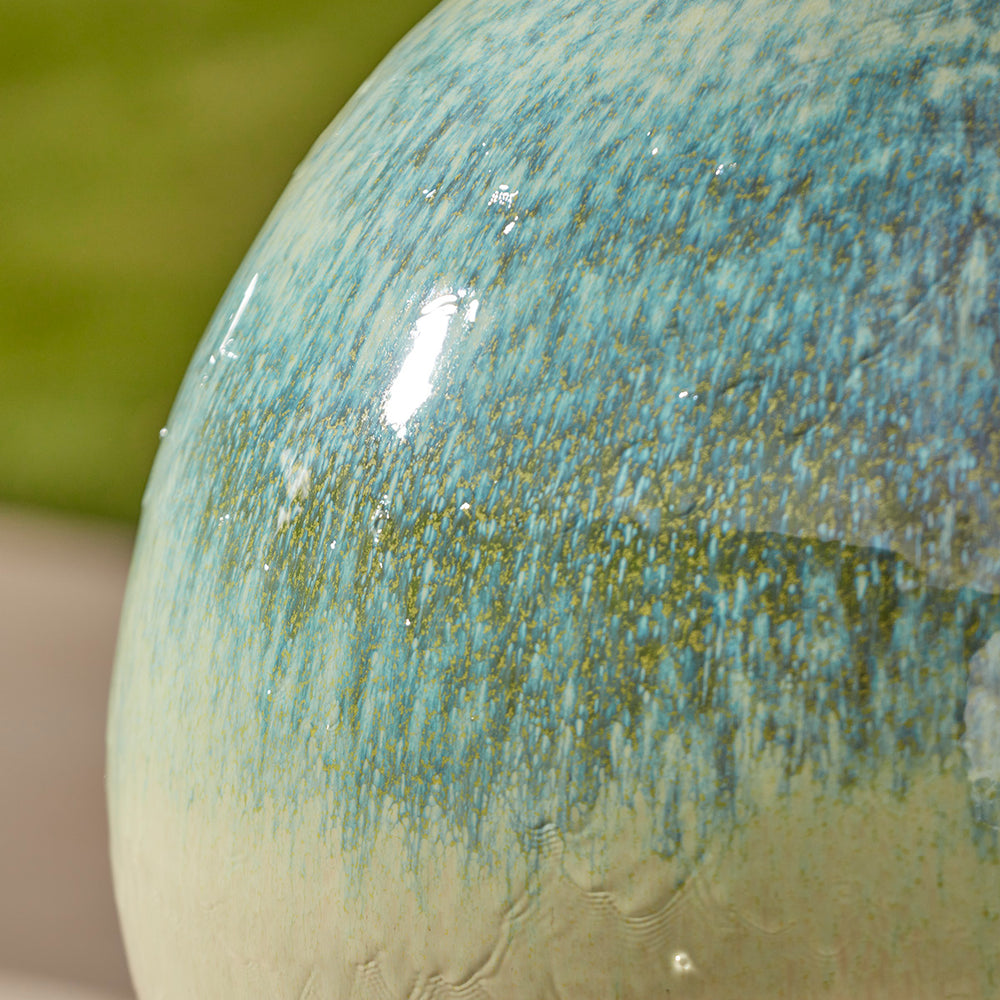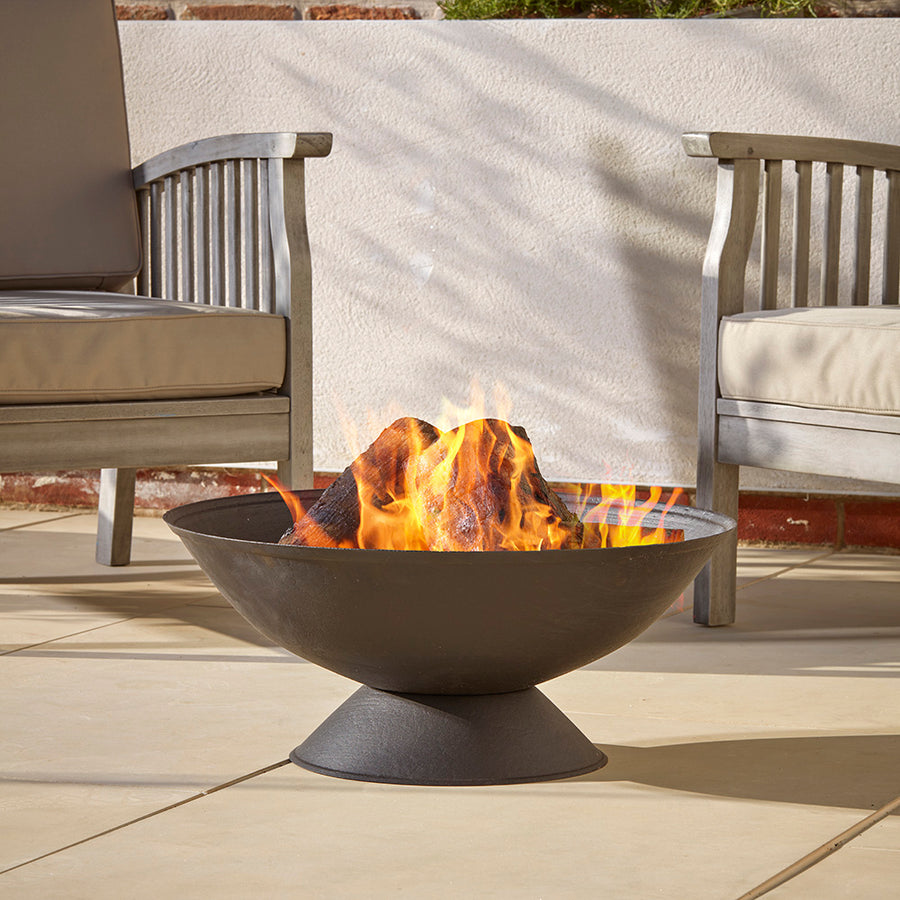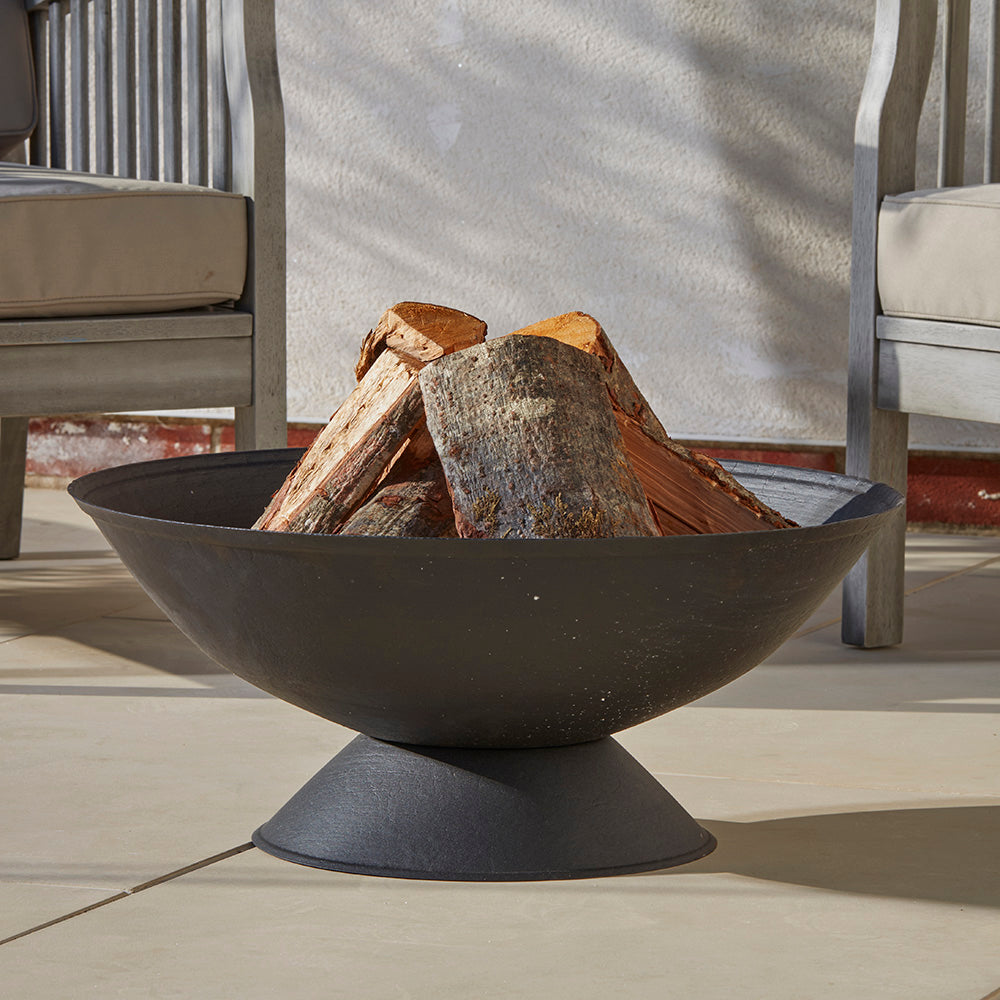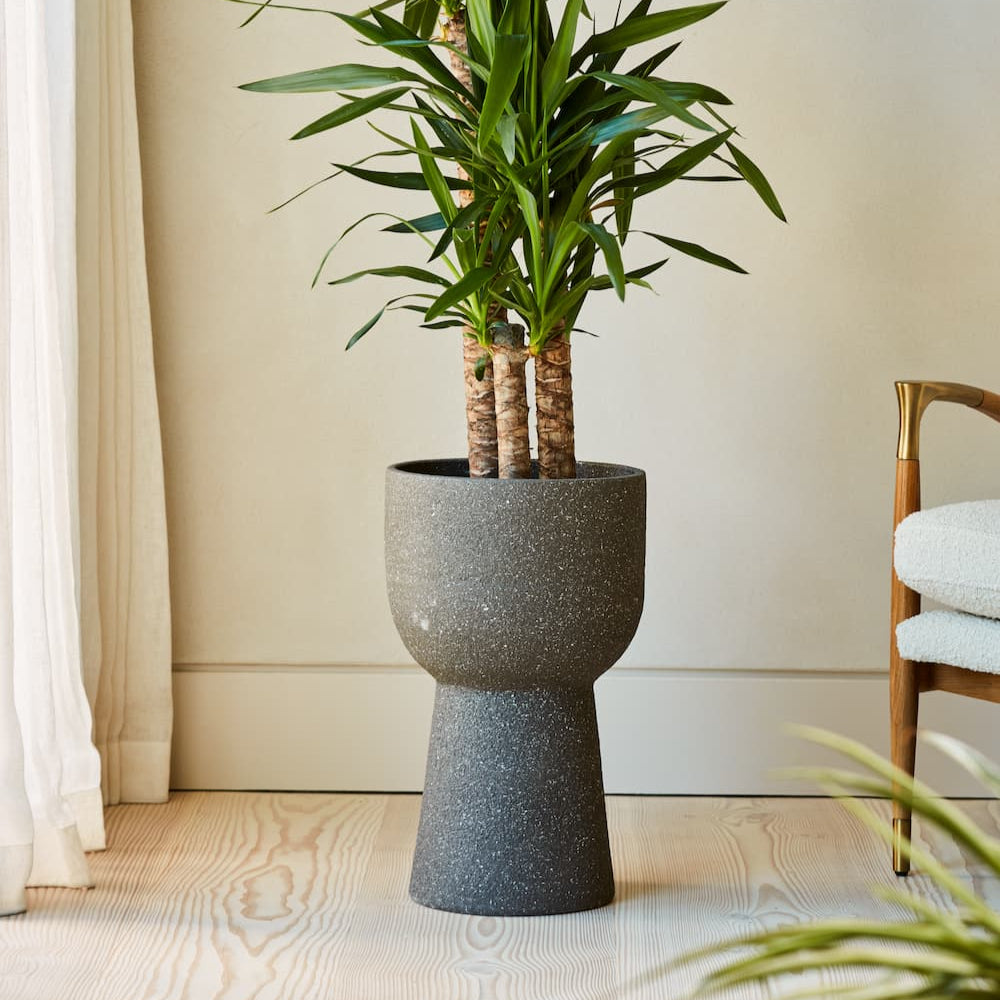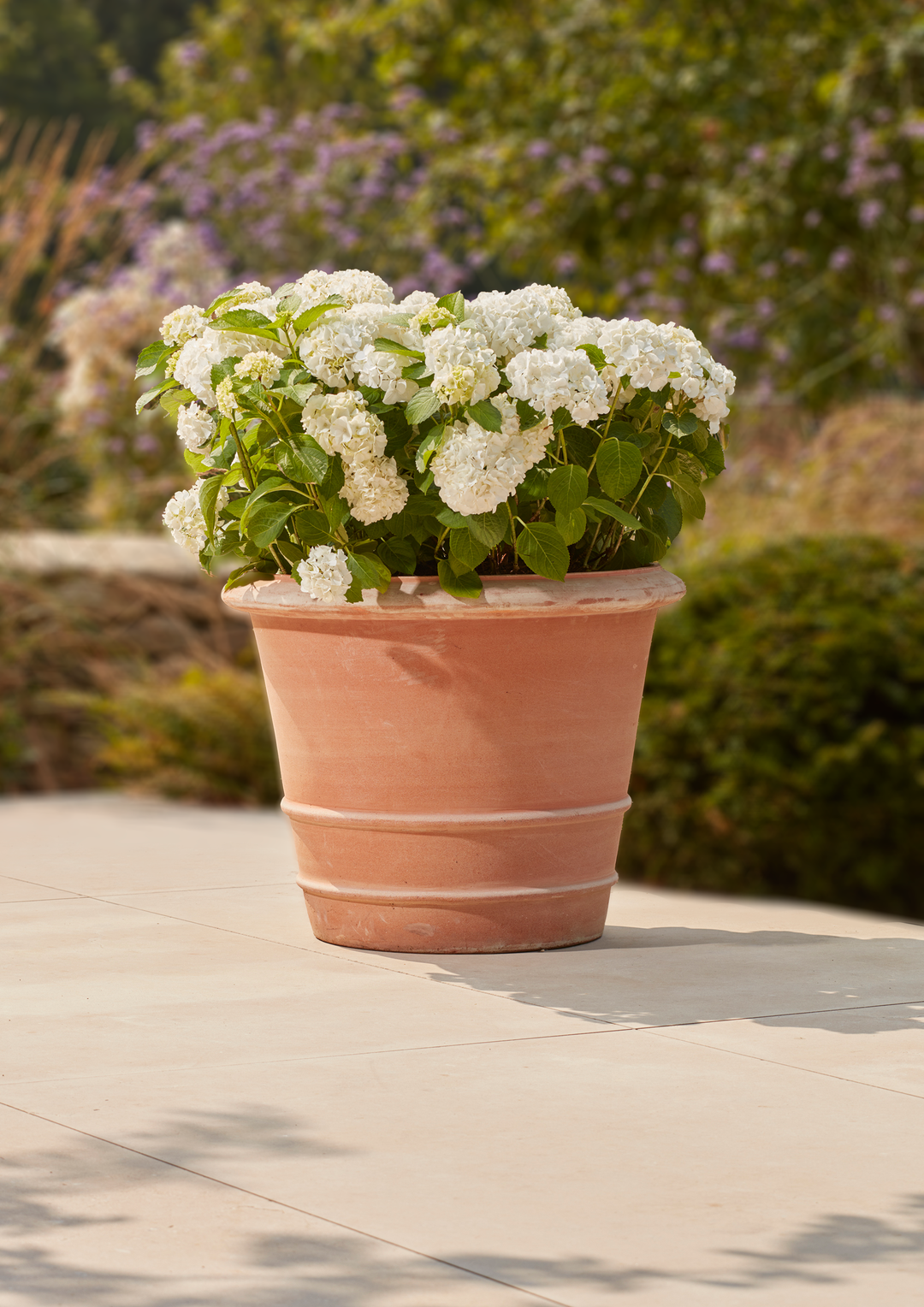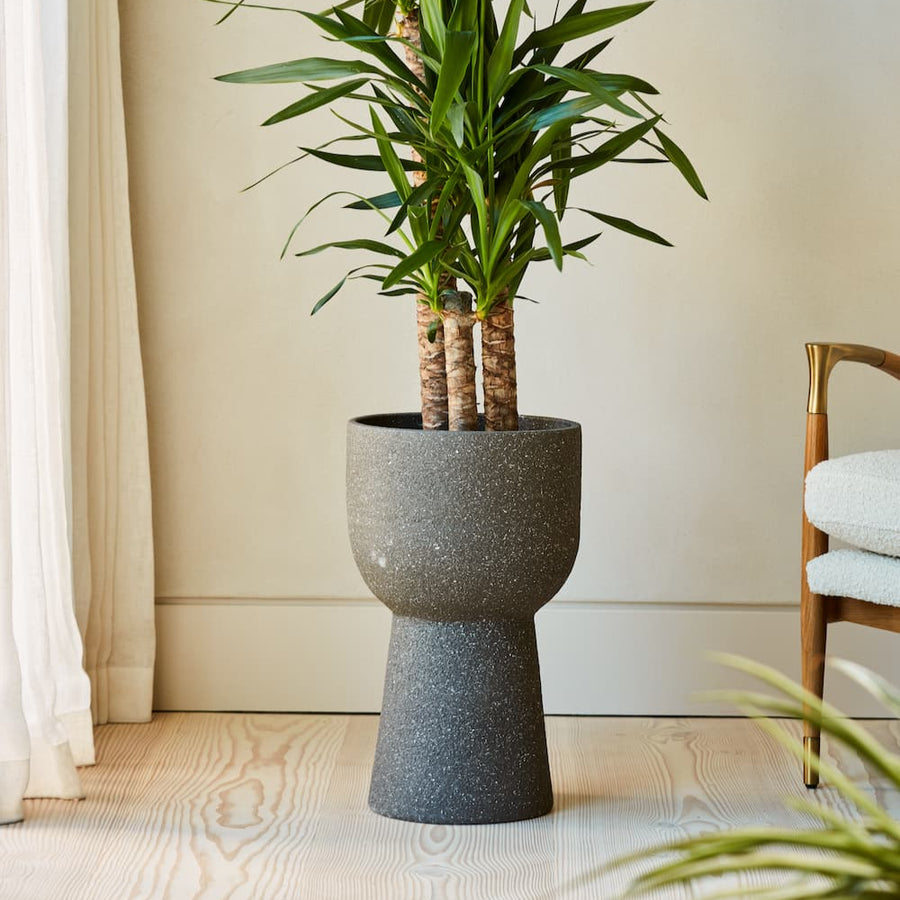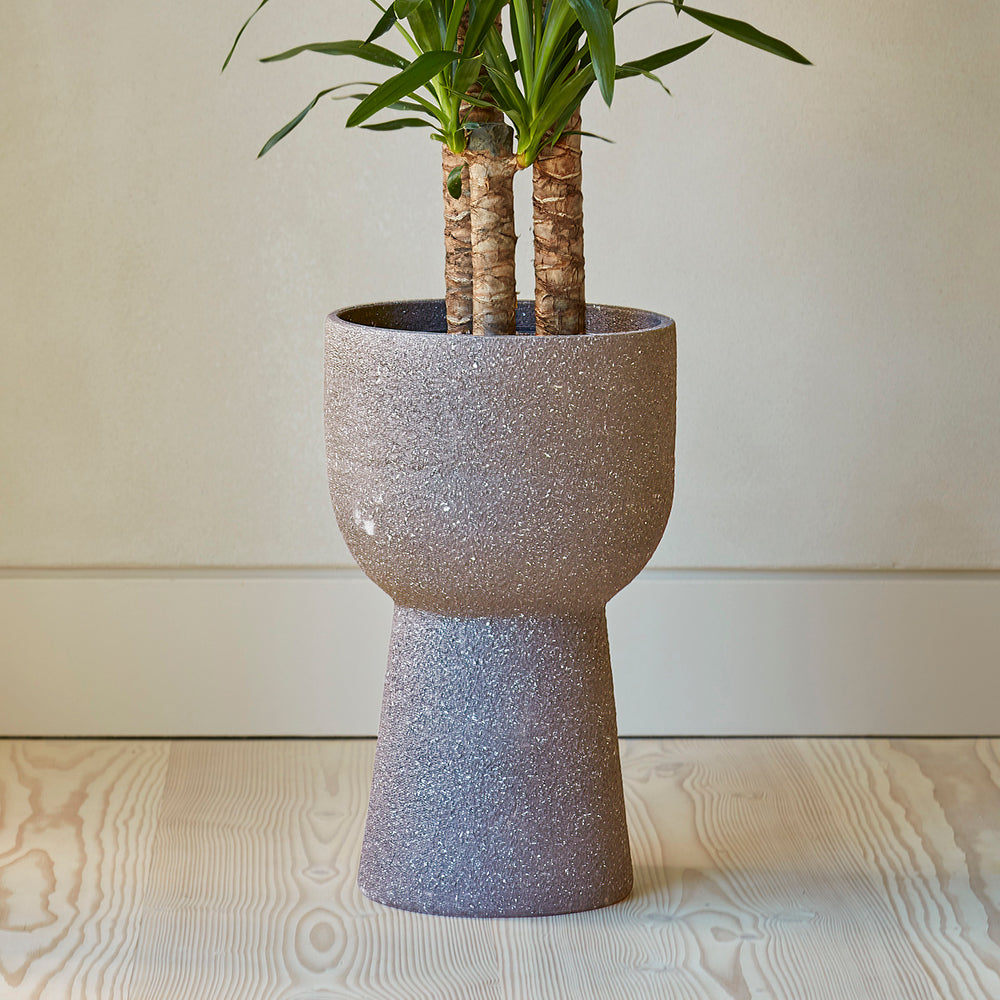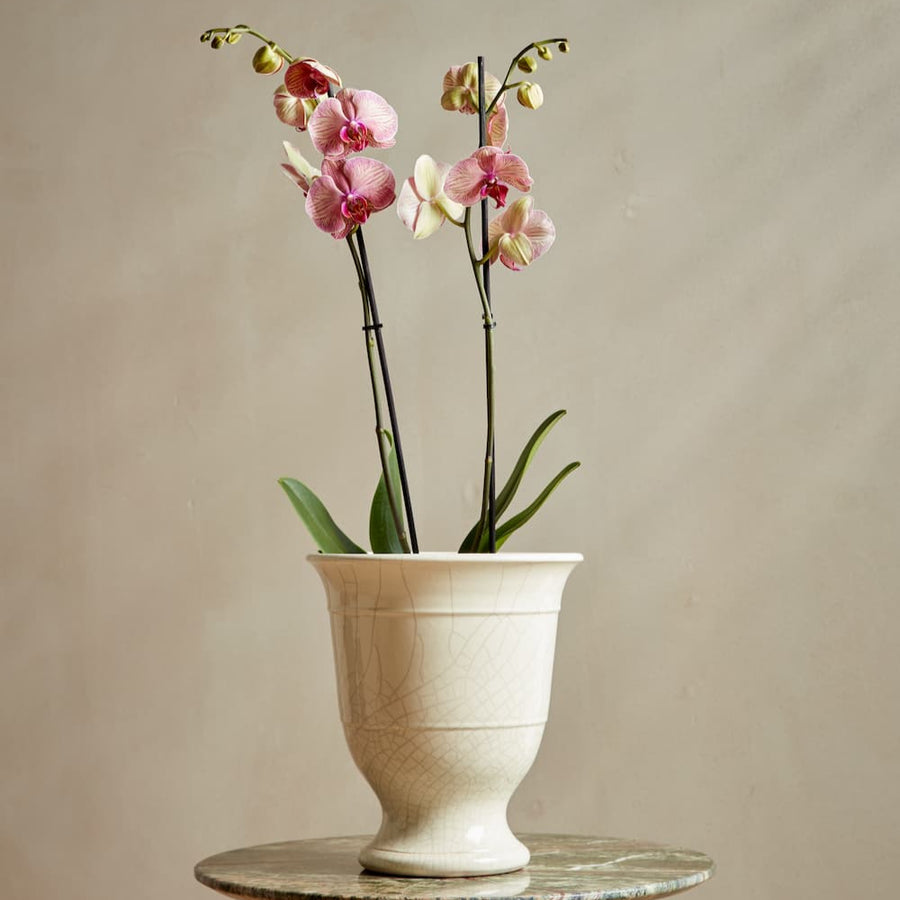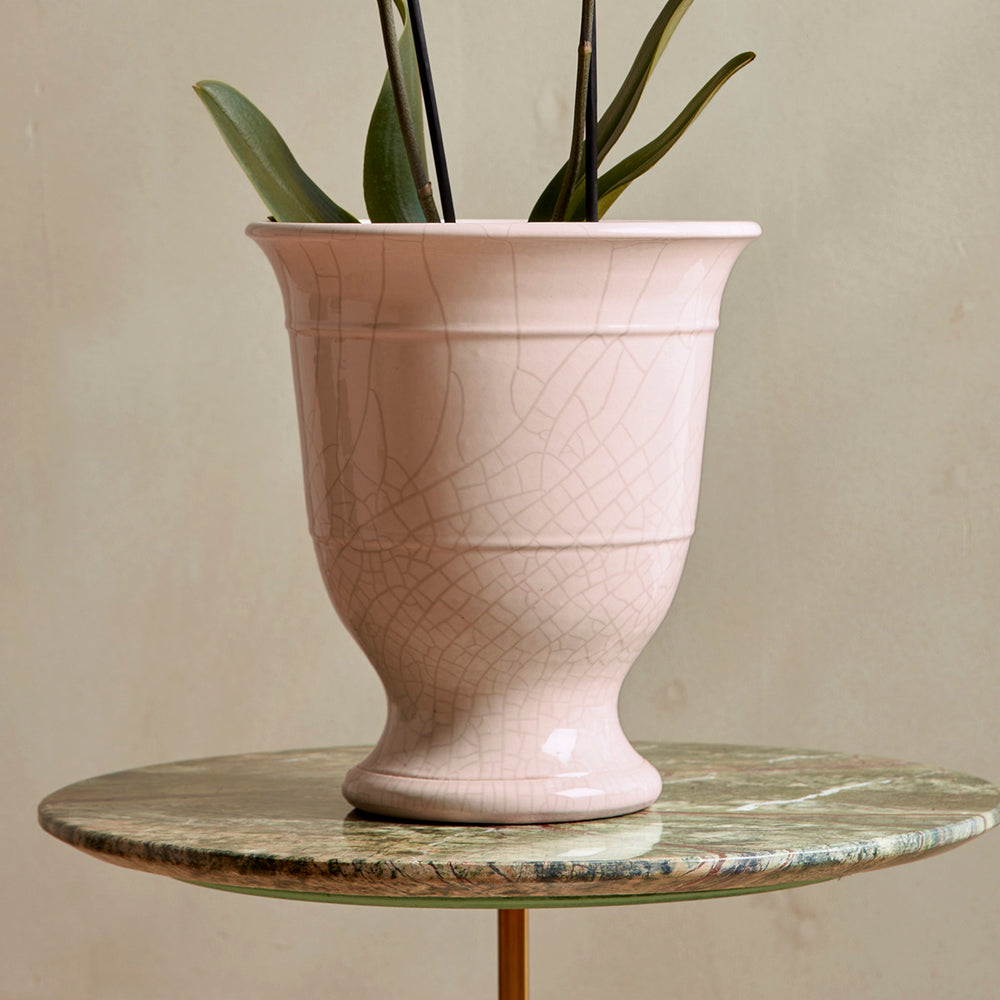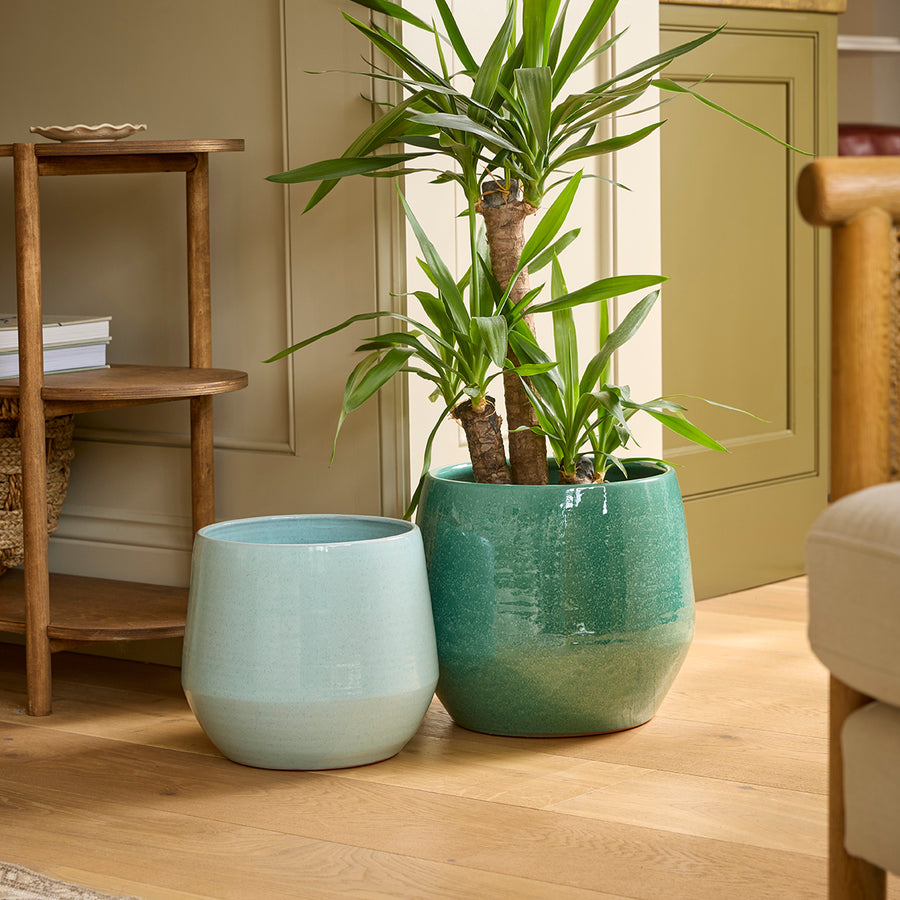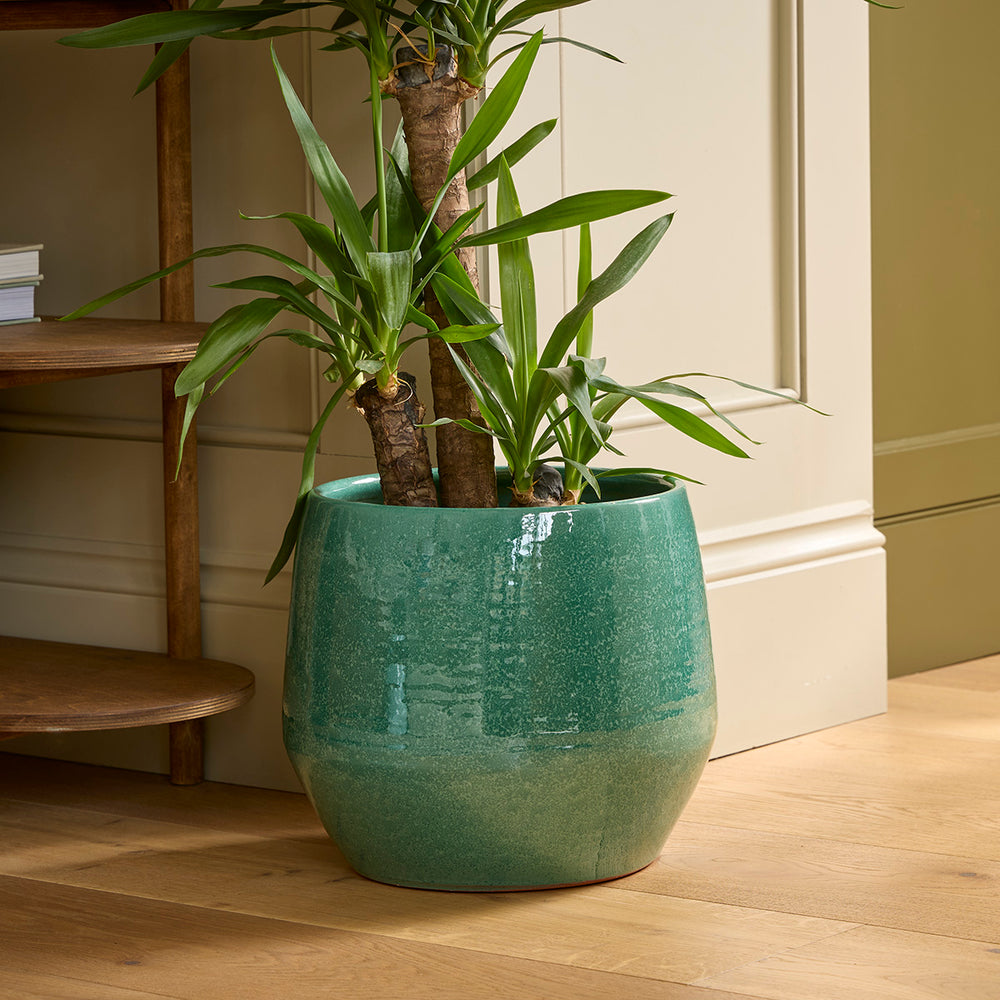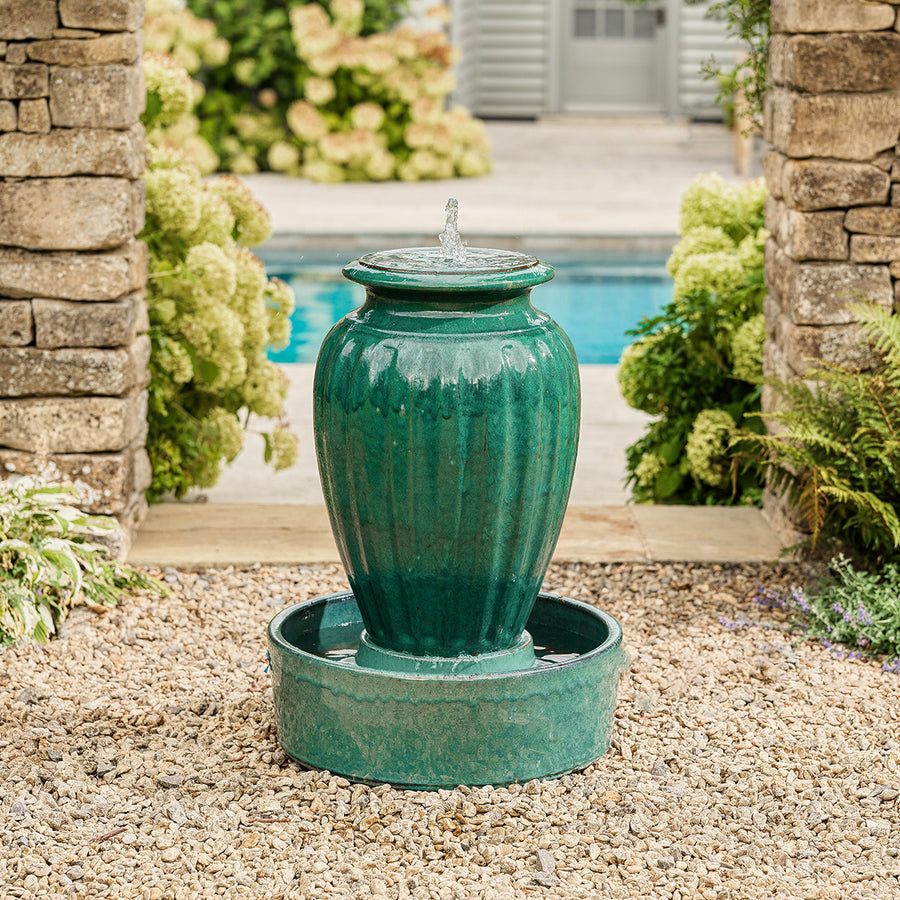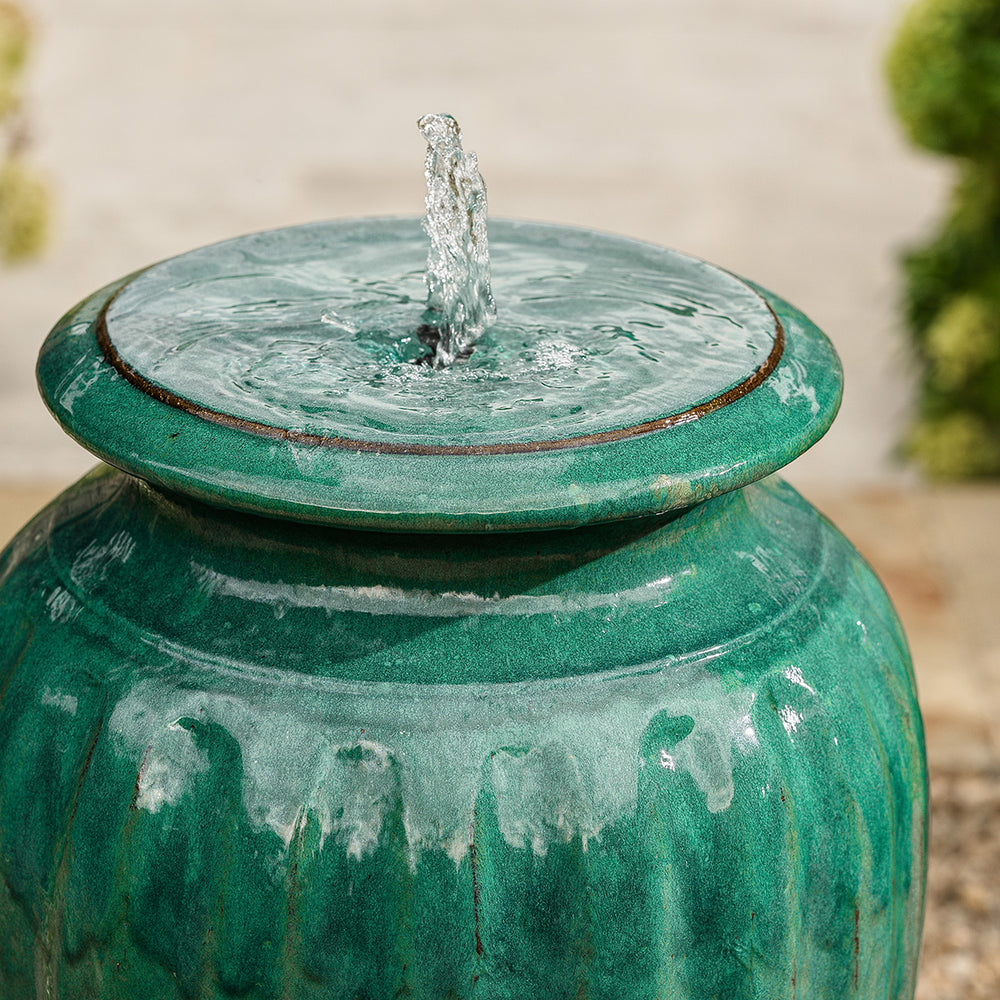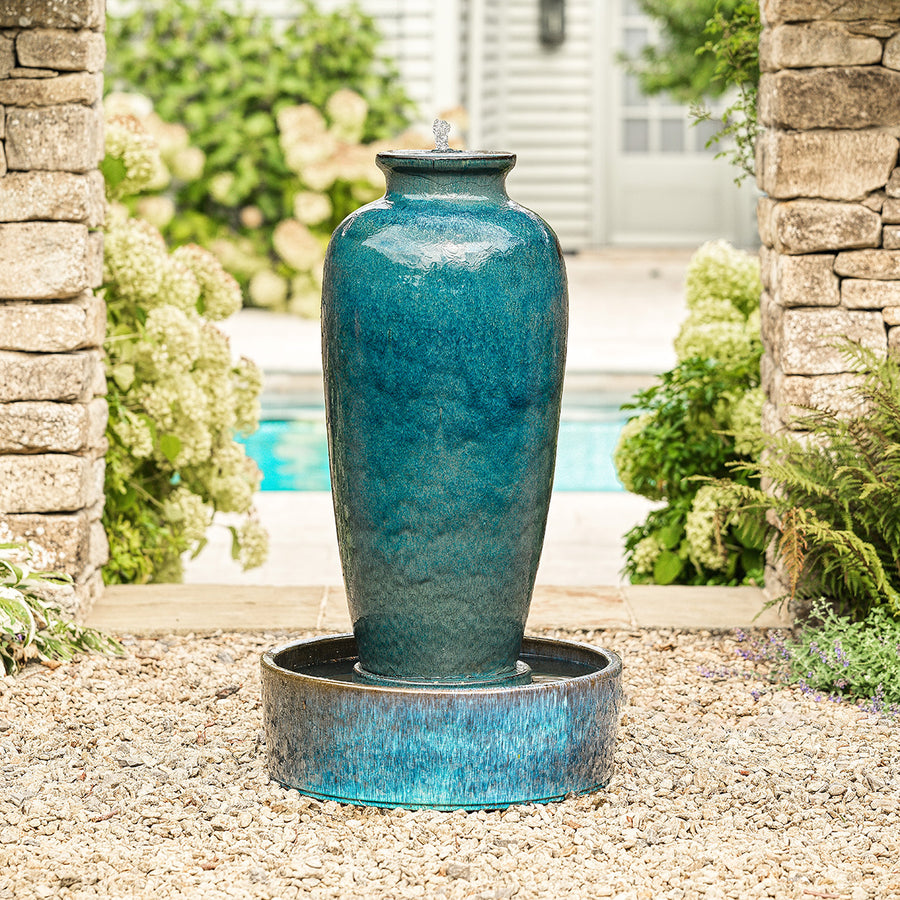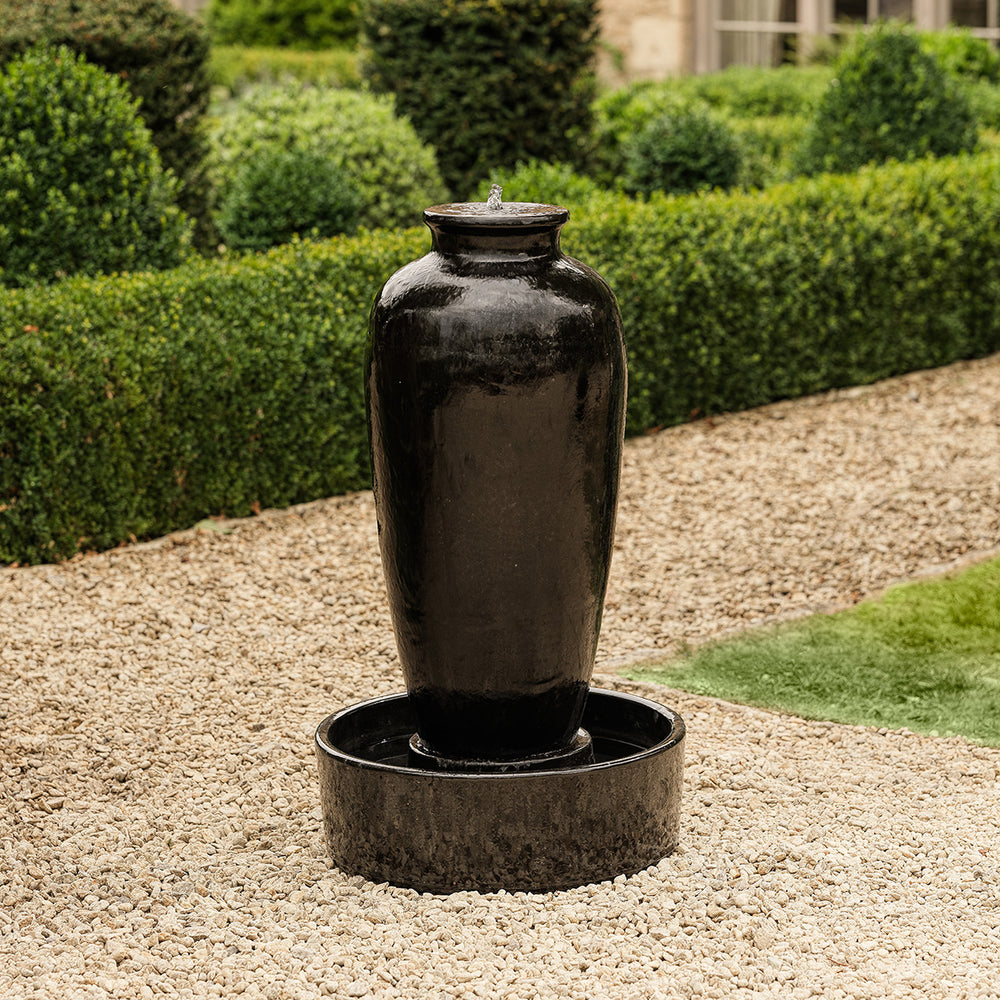Grow your own series – Herbal tea garden
Herbal teas are very popular as not only are they refreshing, they can help boost your immunity and help you relax too. Trying to choose the right herbal tea for you can be quite overwhelming as the choice in the supermarket is vast. So why not grow your own ingredients in your own back garden? All you need is a container from our range.
We take a look at some of the most popular tea flavours and how you can grow and infuse them yourself for a lovely cuppa!
Chamomile
Chamomile is a beautiful daisy-like plant and is very ornamental in the garden. It is also grown for its calming properties too and has been proven to relieve a variety of ailments such as hay fever, inflammation, muscle spasms, insomnia, whilst being rich in antioxidants.
Chamomile tea is a great caffeine-free drink option and easy to grow in the garden also. It is best grown in a warm, sunny position but can be planted at most times of the year in a container, border or rockery. You can even grow some on your kitchen windowsill.
Chamomile has an apple fragrance when crushed, simply add to boiling water in your teapot and leave to stand.

Ginger
You can buy a root of ginger from the supermarket to grow the plant yourself. Soak your ginger root in water for a day, before breaking into pieces, so each part contains a growth bud. Plant these in a seed tray and once established, you can transplant these into a pot. Ginger thrives in partial shade, or at most, areas with morning sun but will need bringing inside colder weather.
Growing ginger is a waiting game and will take up to 10 months to get a fully grown plant, but your cup of tea will be worth it!
Jasmine
Used for its relaxation benefits, jasmine not only smells divine but tastes beautiful too. A climber in the garden, jasmine is an evergreen climber with fragrant starry white flowers in summer. But in a cup of tea, it has a refreshing and aromatic flavour and is great infused with green and white teas.
Pick the delicately perfumed flowers and use them fresh to make your tea. Tear them up to help release the flavour before putting them in the pot or cup.
Lavender
Loved by pollinators and by the public, lavender is a popular ingredient to put in tea for a fragrant brew. For centuries, people have used lavender for its anti-inflammatory and antiseptic properties, and it helps with anxiety, migraine, insomnia and depression.
Lavender plants grow quickly and thrive in well-drained soil in a spot that gets full sun for most of the day.
When making a cup of lavender tea, you will need to use the dried flowers of the plant. Pour the hot water over the dried flowers. Steep 5 minutes, then strain and enjoy.
Lemon Balm
This has always been a popular tea with many benefits that include slowing down the onset of Alzheimer's disease and is also good for those suffering from stress and insomnia. A member of the mint family, this is an easy and rapid grower so best contained in a pot. Lemon balm will grow in almost any soil or position, but it prefers a fairly rich moist soil so plant in a good quality compost.
Chop the lemon balm leaves to release their oils and add to boiling water for a zingy citrus tasting herbal tea.
Lemon verbena
Lemon verbena is an attractive plant with strong lemon scented leaves. The essential oils in lemon verbena are uplifting, de-stressing and relaxing and the plant has anti-viral and anti-fungal properties. It’s widely drunk as a digestive aid and has a light, citrus flavour.
Plant in a pot that is at least 30cm or more in diameter with well drained compost. It loves warm weather but will need to be brought into shelter in colder snaps.
The leaves can be harvested throughout the growing season. Drying the leaves concentrates their flavour.
Peppermint
It has been known for generations that drinking mint tea benefits your digestion and soothes an upset stomach. Peppermint oil also contains compounds which are said to have antibacterial, antiviral and anti-inflammatory properties, all helpful to aid the immune system.
Due to its infinite spread, we recommend growing peppermint in a container. It will do well in moist but well drained soil in sun or partial shade.
Peppermint tea is made by infusing peppermint leaves in hot water. With its refreshing taste, it is one of the most popular herbal teas to drink.

Roses
If you have a rose bush in your garden, the rose hips and petals can be used to make fragrant cup of tea. Not only does this make your brew rich in vitamin C, it aids stomach and digestive problems, fatigue, irritability and mood swings.
Roses are closely related to almonds, apples, apricots, cherries, peaches, pears, plums. They grow best in a rich, well-drained but heavy-textured soil in full sun.
Simply dry and crush your rose hips or buds and crush before immersing in boiling water for a floral tea experience.
Are you keen on the idea of growing your own but a bit daunted about how to do it?


